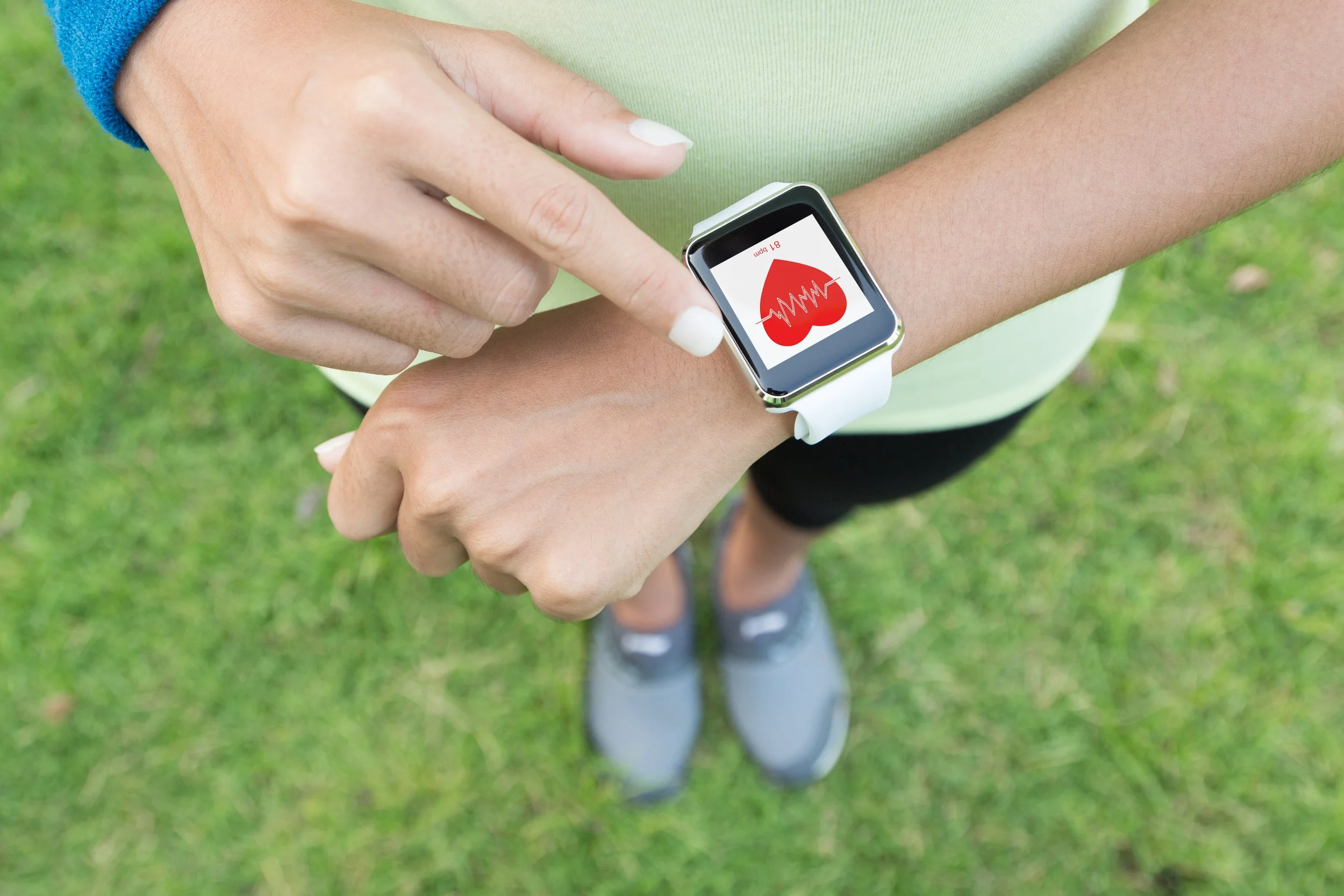Telehealth Tech Trends: Wearables, IoT, and Their Cybersecurity Implications
The Evolution of IoT in Telemedicine
The Internet of Things (IoT) is reshaping telemedicine, enhancing healthcare accessibility and efficiency. When we talk about IoT in healthcare, we’re referring to interconnected devices that collect and share health data. Examples include wearable fitness trackers monitoring heart rates and smart medical devices like glucose monitors sending patient data directly to healthcare providers. These advancements facilitate remote monitoring, diagnosis, and treatment, marking a new era in patient care.
The Growing Role of Wearable Devices
Wearable technology has seen a remarkable acceptance rate, with over 80% of consumers willing to use fitness technology. This widespread adoption highlights the potential of wearables to revolutionize health monitoring and preventive care. As wearable devices become increasingly integrated into healthcare strategies, their impact on patient care and health management continues to grow, emphasizing the importance of secure and effective implementation.
With the IoT healthcare market projected to reach a staggering $190 billion by 2028 (GlobeNewswire, 2022), the adoption of IoT medical devices and applications for real-time health data analysis is a pivotal trend.
IoT Healthcare Cybersecurity Challenges
The rapid expansion of IoT in healthcare, while transformative, has escalated cybersecurity risks. According to Fortinet, the healthcare sector faces unique challenges in protecting patient data and ensuring system integrity due to the widespread use of IoT devices. These devices, essential for monitoring patient health and managing treatments, have become prime targets for cyberattacks. The complexity and sensitivity of healthcare data necessitate advanced cybersecurity solutions that go beyond traditional measures. Fortinet emphasizes the importance of implementing a security fabric that integrates AI-driven threat detection, real-time data analysis, and seamless network connectivity to protect against potential cyber threats effectively. This holistic approach to cybersecurity is crucial for defending healthcare IoT ecosystems against sophisticated attacks, ensuring patient safety, and maintaining trust in healthcare technology (Fortinet).
HIPAA Compliance and Wearable Devices
The intersection of wearable health devices and HIPAA compliance presents a complex landscape. The applicability of HIPAA hinges on the device's use and the nature of the data processed. Ensuring data privacy and security for wearable devices is paramount, especially when utilized by healthcare providers to transmit health information. This underscores the critical need for wearable technologies to adhere to stringent privacy and security standards to protect patient data (The Reg Review, 2023).
Future Outlook: Secure IoT Solutions in Healthcare
Looking ahead, the integration of IoT in healthcare is set to evolve further, promising to enhance patient care while prioritizing cybersecurity. The continued focus on developing secure IoT solutions will be crucial in navigating the challenges and leveraging the opportunities presented by this technological advancement. As the healthcare industry embraces IoT, the emphasis on innovation, alongside comprehensive cybersecurity measures, will be key to realizing the full potential of these technologies in improving healthcare delivery (IEEE, 2024).
GlobeNewswire (2022) Internet of Things in Healthcare Market Size, Share to Surpass $190 Bn by 2028 - Vantage Market Research
The Reg Review (2023) Protecting Medical Privacy on Your Wrist
IEEE (2024) 2024 Healthcare and Life Sciences Trends

